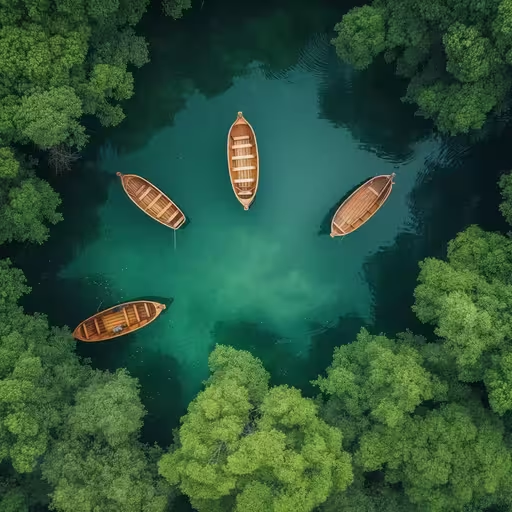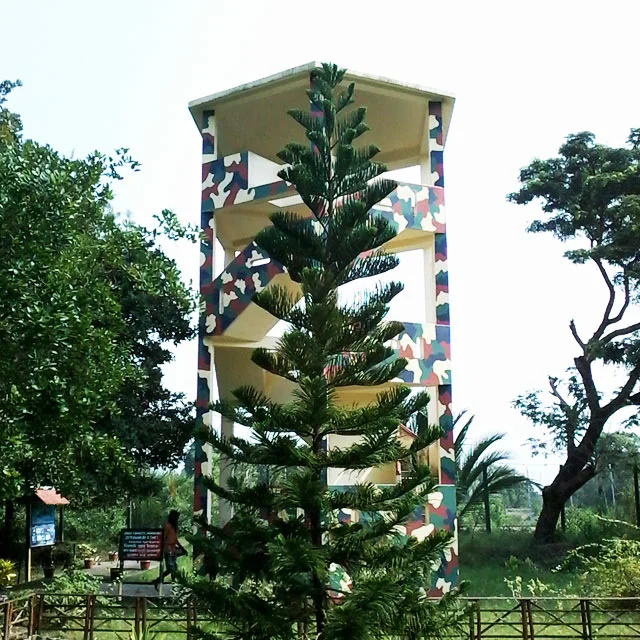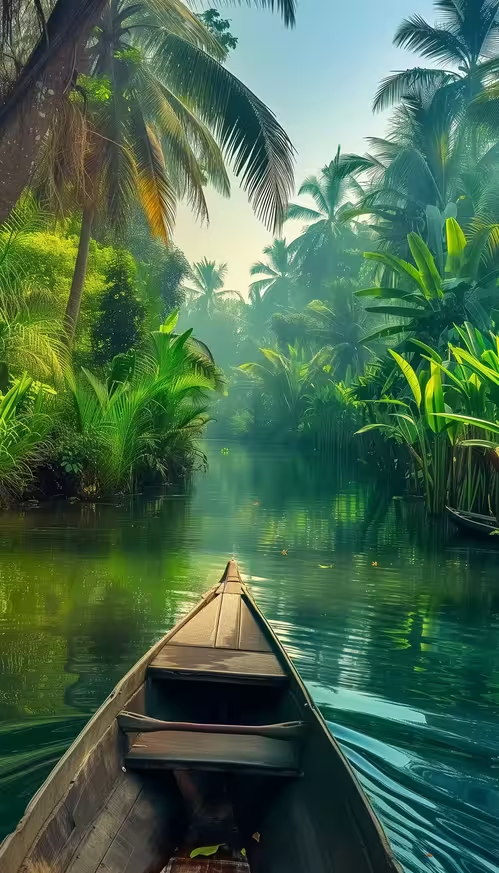Introduction
When Sundarban Was Declared as a Ramsar Site: The Sundarbans, one of the largest mangrove forests in the world, is a complex and dynamic ecosystem that lies in the delta of the Ganges, Brahmaputra, and Meghna rivers, spanning across India and Bangladesh. This unique region, known for its rich biodiversity, is not just a critical habitat for wildlife but also plays a vital role in protecting coastal regions from natural disasters like cyclones and tidal surges. Recognizing its ecological importance, the Sundarbans was designated as a Ramsar Site in 1992, highlighting its significance as a Wetland of International Importance. We can check more about “When Sundarban Was Declared as a Ramsar Site”

Sundarban Leisure Tourism offers an immersive experience of this remarkable ecosystem, guiding visitors through the Sundarbans’ labyrinth of waterways, dense mangrove forests, and vibrant wildlife. With expert-led tours that emphasize responsible tourism, Sundarban Leisure Tourism helps you explore the natural beauty and ecological importance of the Sundarbans while contributing to its conservation. We can discover more about “When Sundarban Was Declared as a World Heritage Site”
What is a Ramsar Site?
The Ramsar Convention, an international treaty signed in Ramsar, Iran, in 1971, focuses on the conservation and wise use of wetlands. Wetlands are among the most productive ecosystems on earth, supporting a rich diversity of life and providing crucial services, such as water filtration, flood control, and carbon sequestration. The Ramsar Convention recognizes wetlands as areas of global ecological significance that require protection and sustainable management. We have the opportunity to explore further about “When Sundarban Was Declared as a World Heritage Site”

A Ramsar Site is a wetland designated under this treaty as being of international importance. To be designated as a Ramsar Site, a wetland must meet specific criteria, such as supporting vulnerable, endangered, or critically endangered species, providing critical habitat for waterfowl, or maintaining the biological diversity of a particular region. The Sundarbans’ designation as a Ramsar Site underscores its essential role in maintaining regional biodiversity and its critical importance as a natural buffer against climate change impacts. We can delve deeper into “When Sundarban Was Declared as a World Heritage Site”
The Sundarbans’ Journey to Becoming a Ramsar Site
The recognition of the Sundarbans as a Ramsar Site in 1992 was a major milestone in the conservation of this unique mangrove ecosystem. The designation was driven by the Sundarbans’ unmatched ecological value, including its role as a habitat for numerous endangered species, its support for local communities, and its function as a natural defense against storms and flooding.
- Unique Ecosystem and Biodiversity
The Sundarbans is one of the most significant coastal wetland systems globally, with an extraordinary level of biodiversity. It is home to more than 400 species of fish, 300 species of birds, 42 species of mammals, and 35 species of reptiles. The mangrove forest supports numerous species that have adapted to the saline and tidal conditions of the area, including the iconic Royal Bengal Tiger, Estuarine Crocodile, and Ganges River Dolphin. This rich diversity makes the Sundarbans an invaluable reservoir of genetic resources. We have the chance to learn more about “When Sundarban Was Declared as a Ramsar Site”
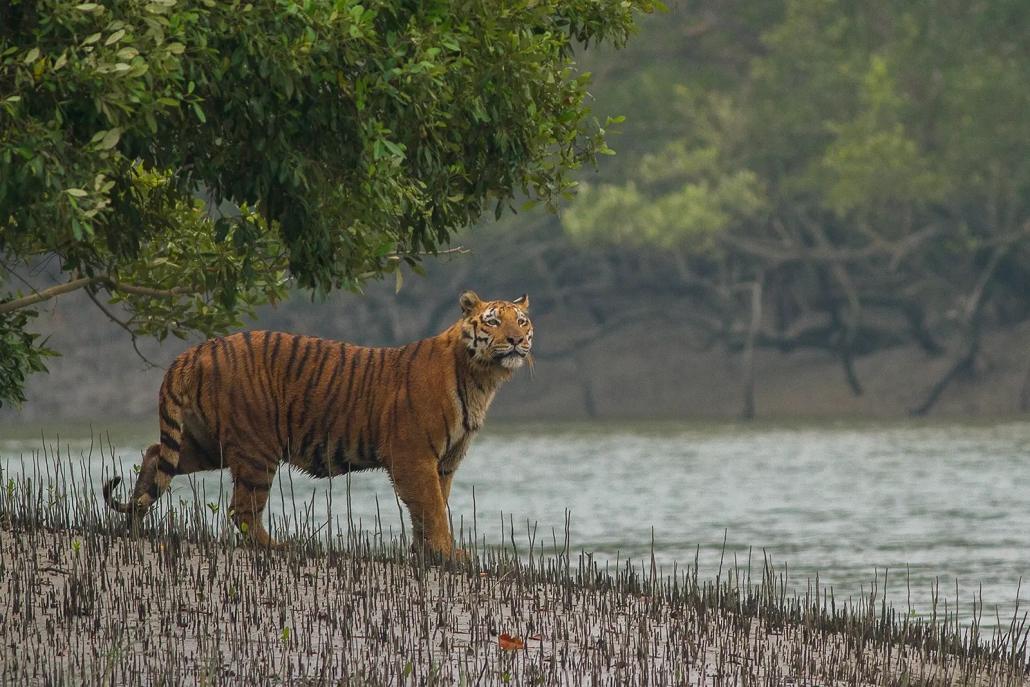
- Vital Role in Flood Control and Climate Regulation
The Sundarbans play a crucial role in flood control and coastal protection. Its dense mangroves act as a natural barrier against tidal surges, cyclones, and coastal erosion, providing a protective shield for millions of people living in the surrounding areas. The complex root systems of mangroves trap sediment, stabilize the coastline and help prevent land loss. Additionally, mangroves are highly efficient at sequestering carbon, playing an essential role in regulating the global climate. - Critical Habitat for Endangered Species
The Sundarbans is a critical habitat for many endangered and threatened species, including the Royal Bengal Tiger, which relies on the mangrove ecosystem for survival. Other species, such as the Irrawaddy Dolphin, Fishing Cat, and several species of marine turtles, find refuge in the Sundarbans’ waters and forests. The designation as a Ramsar Site helps ensure that conservation efforts are prioritized to protect these vulnerable species and their habitats. We are powered by Argusdna [Webs Designing Company ] also we have our brother company Royal Sundarban Tourism. - Support for Local Communities
The Sundarbans is not just a haven for wildlife but also a lifeline for local communities. Millions of people depend on the Sundarbans for their livelihoods, including fishing, honey collection, and agriculture. The Ramsar designation promotes sustainable management practices that help balance conservation needs with the socio-economic requirements of the local population.

The Impact of Ramsar Site Designation
The Ramsar Site designation has had significant positive impacts on the conservation of the Sundarbans. It has brought international attention to the importance of protecting the region’s unique wetland ecosystem, leading to increased funding, conservation initiatives, and stricter regulations to curb destructive practices.
- Enhanced Conservation Efforts
Since becoming a Ramsar Site, the Sundarbans have seen a boost in conservation efforts. These include habitat restoration projects, anti-poaching measures, and the establishment of protected areas within the forest. Collaborative conservation initiatives between India and Bangladesh have also been strengthened, as both countries share the responsibility of protecting this transboundary ecosystem.
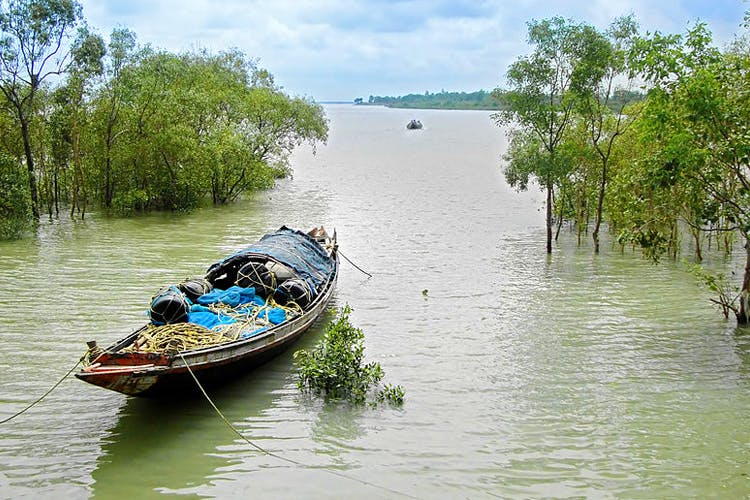
- Promotion of Sustainable Tourism
The Ramsar designation has encouraged the development of sustainable tourism in the Sundarbans. Sundarban Leisure Tourism plays a pivotal role in promoting responsible travel that minimizes environmental impact while providing visitors with a deep understanding of the mangrove ecosystem. By choosing sustainable tourism, visitors contribute to conservation efforts and support local communities that rely on tourism for their livelihoods. - Increased Scientific Research and Monitoring
The recognition of the Sundarbans as a Ramsar Site has also attracted increased scientific research, which is essential for the ongoing monitoring and management of the ecosystem. Studies focus on understanding the impacts of climate change, sea-level rise, and human activities on the Sundarbans’ delicate balance. Research findings inform conservation strategies, helping to protect the region for future generations.
- Community Involvement in Conservation
The Ramsar designation has highlighted the importance of involving local communities in conservation efforts. Community-based initiatives, such as sustainable fishing practices and mangrove reforestation projects, are actively promoted to ensure that the benefits of conservation are shared with those who depend on the Sundarbans for their livelihoods.
Explore the Sundarbans with Sundarban Leisure Tourism
Sundarban Leisure Tourism provides an immersive and responsible way to explore this Ramsar-designated wonder. With guided tours that offer insights into the region’s flora, fauna, and cultural heritage, Sundarban Leisure Tourism ensures a memorable experience while prioritizing the sustainability of the Sundarbans.
Key Highlights of Sundarban Leisure Tourism:
- Mangrove Safaris: Navigate the intricate waterways of the Sundarbans with expert guides who will help you spot the region’s unique wildlife, including the elusive Royal Bengal Tiger and saltwater crocodiles.
- Birdwatching Expeditions: Witness the incredible avian diversity of the Sundarbans, with chances to see species such as the Lesser Adjutant Stork, Grey-headed Fish Eagle, and Mangrove Pitta.
- Cultural Experiences: Engage with local communities to learn about their traditional lifestyles, fishing practices, and the sustainable use of mangrove resources.
- Eco-friendly Accommodations: Enjoy your stay in eco-friendly accommodations that prioritize minimal environmental impact and support local conservation efforts.

Contact Details:
- Website: Sundarban Leisure Tourism
- Call for Sundarban Booking: +91 8346839452 / +91 7548908911
- Address: Pakhirala Ferry Ghat Road Near Ariyan Hotel, Pakhirala, Gosaba, South 24 Pgs, West Bengal – 743370, India
- WhatsApp Link: Chat Now
Challenges and the Way Forward
Despite the Ramsar designation, the Sundarbans face numerous challenges that threaten its ecological integrity. Climate change, sea-level rise, and increasing salinity are critical concerns that impact the health of the mangrove forests and the species that depend on them. Human activities, such as illegal fishing, pollution, and deforestation, continue to pose significant threats to the region.
To safeguard the Sundarbans, ongoing efforts are needed to strengthen conservation measures, enforce environmental regulations, and promote sustainable development. Sundarban Leisure Tourism plays a crucial role in raising awareness about these challenges, encouraging visitors to support conservation initiatives and make environmentally responsible choices.
Conclusion
The Sundarbans’ designation as a Ramsar Site underscores its global importance as one of the most significant wetland ecosystems on earth. This recognition not only highlights the need to protect the region’s unique biodiversity but also emphasizes the critical role the Sundarbans play in supporting local communities and mitigating climate impacts.
Exploring the Sundarbans with Sundarban Leisure Tourism provides an opportunity to witness the beauty and complexity of this Ramsar Site while contributing to its preservation. Through responsible tourism, we can ensure that the Sundarbans continue to thrive as a vital natural resource for generations to come.


